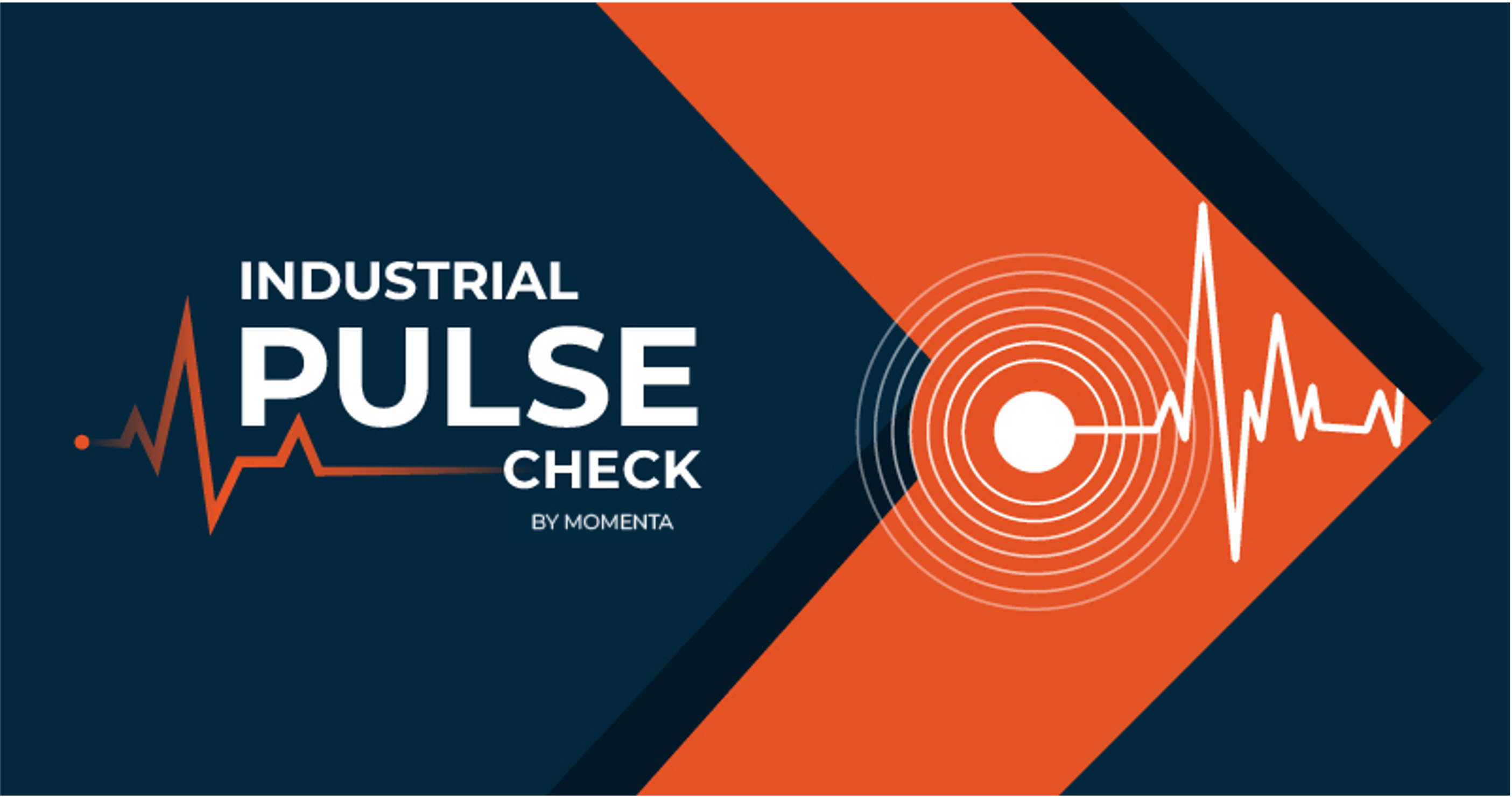Jun 26, 2025
| 3 min read

A data-backed look at shifting demand, sovereign tailwinds, and the emerging edge for startups
The global industrial landscape often blurs the line between short-term noise and long-term cyclical trends. Major headlines, recently driven by geopolitically motivated infrastructure projects, can obscure weaker underlying production trends outside oil-producing economies.
Significant sovereign commitments to data centers, defense, and power generation are fueling exceptional recent results for public industrial companies. The global buildout of advanced AI infrastructure is accelerating, with landmark data center investments unlocking sizable contracts across the value chain, from power generation to liquid cooling systems. Defense spending is providing a strong tailwind for aerospace suppliers. Meanwhile, power shortages are spurring a nuclear energy renaissance, reshaping the landscape for energy producers, utilities, and end users. Altogether, the geopolitical focus on industrial self-sufficiency drives a steady drumbeat of partnerships, supplier contracts, and government-backed deals.
Zooming out, however, the broader ecosystem of industrial producers is navigating macroeconomic whiplash. High-growth countries in industrial output from 2024 became laggards over the past two months, according to Bloomberg's compiled multinational statistics. These rapid shifts correlate with evolving trade policies and commodity price swings. Such volatility underscores the value of geographic customer diversification in insulating vendors from tariff-driven disruptions.

Published by: Bloomberg, "Industrial Pulse: June 2025, Issue 2," Evan Momios
Behind these fluctuations lies a more sobering signal: a downtrend in manufacturing output across the G20, increasing the relative economic weight of energy-intensive sectors. In 2025, Manufacturing PMI data has trended sharply downward in China, South Korea, the UK, and, more modestly, the US. Manufacturers cite supply chain frictions and tariff effects as twin pressures on supply and demand. Germany bucks the trend with a three-year high in order growth, but overall, the business climate is shifting from top-line expansion to cost containment.
Yet even in downcycles, innovation finds its moment. Public companies reporting strong performance include digital textile producers, additive manufacturers, and industrial marketplaces. These companies are supported by business models that can prove counter-cyclical by offering cost-effective alternatives to traditional factory investment.
Startup creation is also gaining traction in select outlier sectors. According to Bloomberg, container shipping and mining posted breakout growth in the US during May and June, mainly due to changing policy incentives. On the venture side, high-performing IoT categories include healthcare, connected vehicles, and smart cities, all on track to raise over $1 billion in 2025, based on Momenta's analysis of PitchBook data.
For industrial innovators, staying agile across geographies and innovation categories will be key to navigating the next cycle. By focusing on data-driven fundamentals and emerging opportunities, leaders can position themselves to thrive amid continued market complexity.

Momenta is the leading Industrial Impact venture capital and advisory firm, accelerating digital innovators across energy, manufacturing, smart spaces, and supply chain. Our team of deep industry operators has helped scale industry leaders and innovators to improve critical industries, the environment, and people's quality of life for over a decade.
Schedule a call to learn more about our Industrial Impact investments.